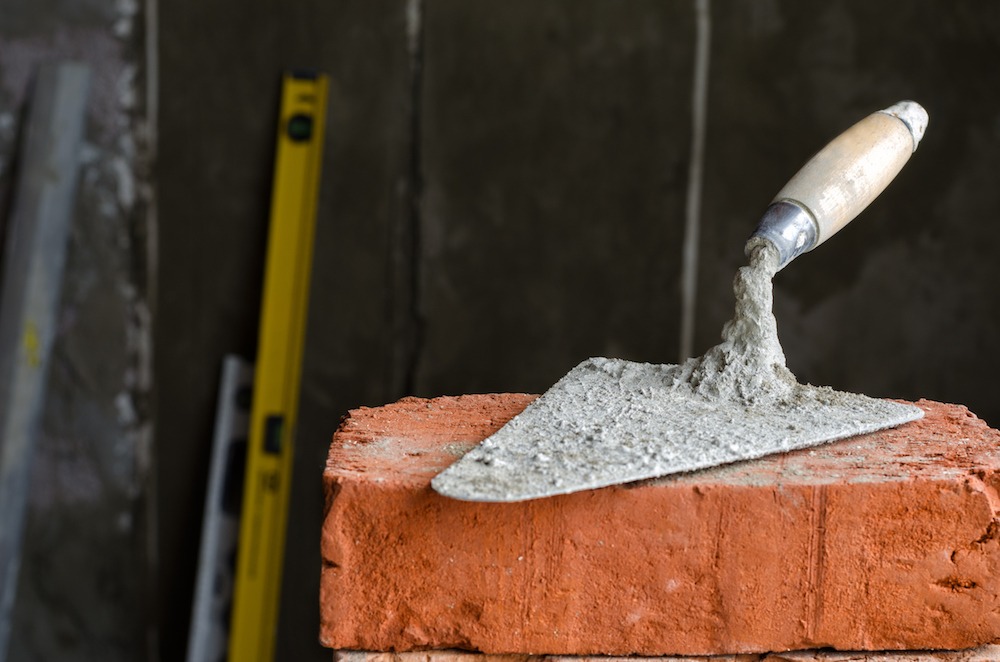When you work on projects where other trades create hazards, it’s important to know how to recognize and deal with them. Your supervisor can’t be all places at all times. An accident-free worksite depends a lot on whether workers understand the common causes of accidents – even more on how quickly those conditions get corrected.
- Tell your supervisor about any hazard(s) you observe immediately, no matter how serious
- The supervisor will make sure the whole crew is informed about the hazard(s) as soon as possible
- The supervisor will decide how to keep the crew away from the hazard until it’s corrected
- Your supervisor will go to the contractor responsible for controlling the hazard and follow-up until it’s corrected
An informed worker knows the four most common types of hazards on construction sites and the critical role he or she plays in getting them corrected.
Falls are the leading cause of death and serious injuries on construction sites. You don’t have to fall very far to become permanently disabled. You’re smart enough to know if you remove a guardrail, it has to be properly restored. You’re in control of conditions on your scaffold.
What about other kinds of falling hazards, like the path to your work area? Something simple like a blocked aisle way, or spilled oil, or more serious, like a bad access ladder or incomplete stairway – any of those conditions can lead to slips, trips or falls. They have to be reported as soon as possible. Don’t wait for the next safety meeting. Don’t form a committee. And don’t rely on others to do the job of safety.
Crushing or striking injuries are the next most common types of occurrences. Whether from overhead or coming at you from the side, hazards from moving equipment and materials are a fact of life on most construction sites. Working around them isn’t always easy. Knowing what causes them is:
- Improperly rigged or secured loads. Never position any part of your body under a materials handling operation.
- Being struck or crushed by moving machinery. You can’t always count on a machine operator to know where you are.
- Soil Cave-ins. Believe it or not, a cubic foot of earth is heavy enough to break your back. You don’t have to be covered up by soil to be seriously injured.
Electrocutions are the third most common source of jobsite injuries. Fully 68% of all deaths from electrocution result from contact with overhead power lines. Metal ladders, scaffolding, high lifts, cranes – any metal object can put you in the “path to ground.”
Electrocutions from overhead lines most often occur because of failure to plan ahead and know the safe distance. Current from an overhead conductor will arc over to a metal object. The length it will arc depends on voltage. If you’re in contact you become a part of the circuit. The basic rule is: know the voltage and calculate a safe distance before you work.
Dangerous atmospheres are invisible hazards that account for thousands of deaths and serious injuries every year. From simple exhaust emissions and brief chemical exposures to oxygen-deficient confined spaces, dangerous atmospheres frequently go undetected until it’s too late. That’s why it’s important for you to understand how to recognize and control them.
Information about chemicals being used in your work area should be available.
Recognizing a confined space for what it is can be critical. Enclosed areas having limited access, such as pits or tanks, should never be entered without first determining if the atmosphere has been tested.
SUMMARY
Construction, by its nature, is ever changing. Each new change brings new hazards. That’s why recognizing hazards and getting them under control immediately is so important. You’re probably tired of hearing it – “Safety is everyone’s responsibility.” But don’t think that someone else will see the same hazards you do.
Remember the four most common types of hazards – falls, crushing or striking injuries, electrocutions, and dangerous atmospheres – and make it your business to report them as soon as they occur.

